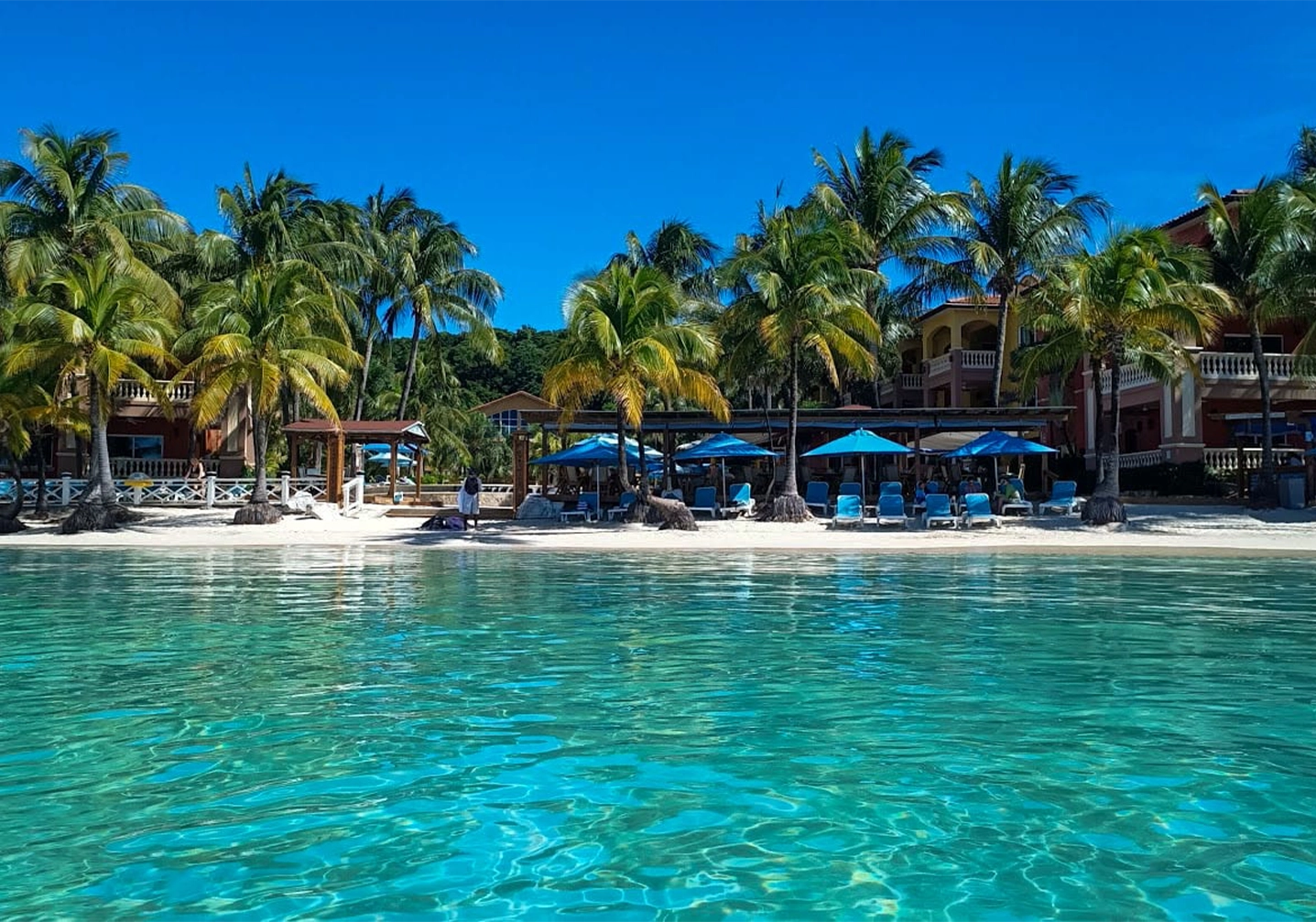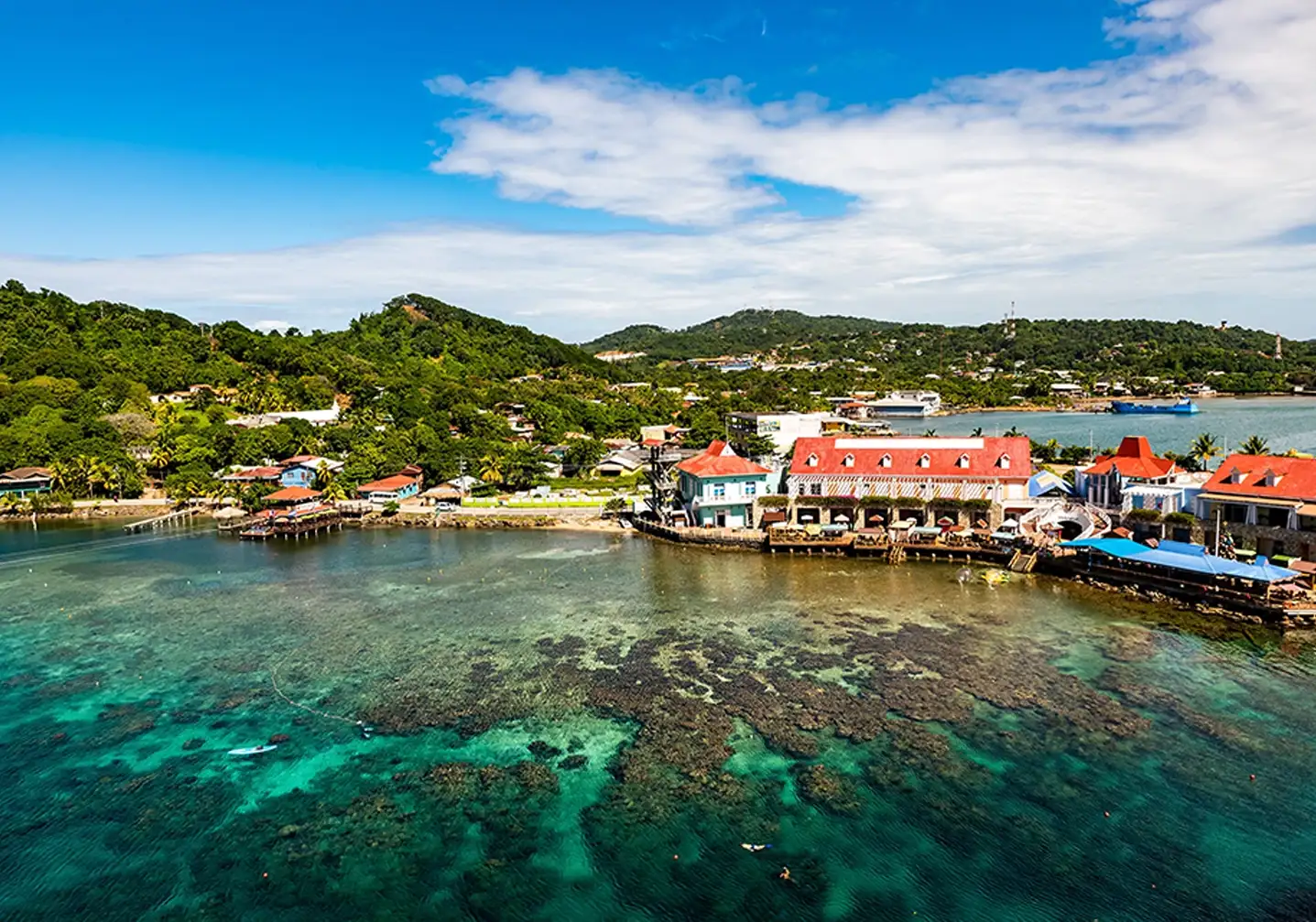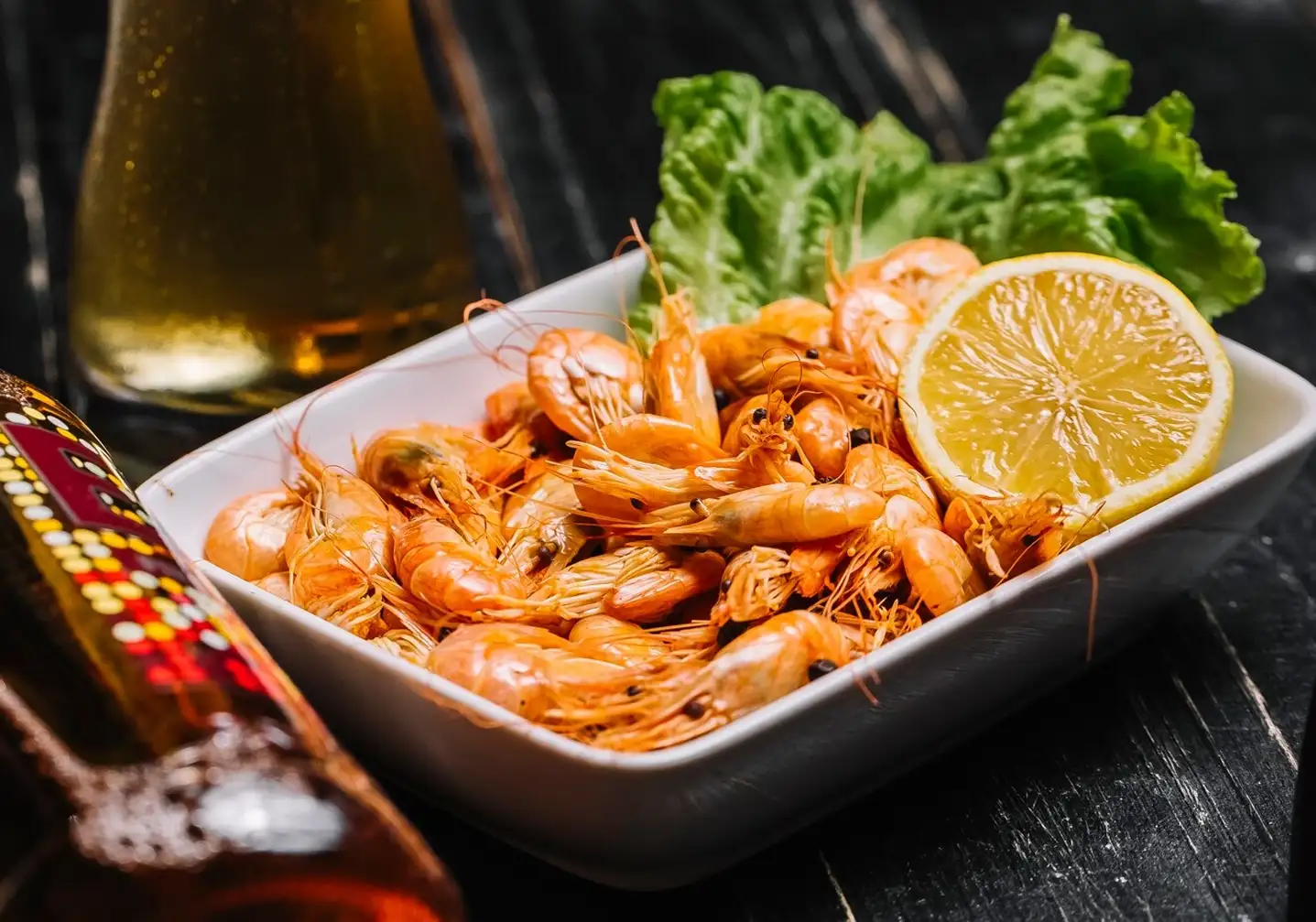Looking for your Caribbean dream? Then you’ve come to the right place — Roatán Island, located between Utila and Guanaja, is the largest island of Honduras, stretching about 77 km long and up to 8 km wide.
The island sits along the Mesoamerican Barrier Reef, the second largest coral reef in the world and the largest in the Caribbean. This makes Roatán a paradise for divers, cruise ships, and nature lovers. Tourism is the main industry here, though fishing also plays a vital role. You can reach the mainland and La Ceiba, about 65 km away, by boat from the main port or via flights from the international airport. While Spanish is the official language of Honduras, English is widely spoken, especially in the western and central parts of the island.

Roatán is famous for its coral reefs, second only to Australia’s Great Barrier Reef. This makes for spectacular diving and snorkeling among tropical fish, sea turtles, and seahorses. Dolphins and majestic whale sharks also frequent the waters around the island. For diving with sharks and stingrays, visitors often head to nearby Pigeon Cay, known for its pristine nature. Every year, hundreds of thousands of tourists come to Roatán, drawn by its laid-back lifestyle, stunning sea, pleasant climate, the Copán Mayan ruins, and booming real estate market. The island’s economy continues to grow year after year.
The capital and main town of the island is Coxen Hole, located on the southwest coast. Here you’ll find the airport and two major cruise ports. On the eastern side, it’s separated by a 15-meter-wide river channel with protected mangroves, known as Helene (Santa Elena in Spanish). Coxen Hole is the largest city on Roatán, home to the airport, government offices, and cruise terminals. Near the airport, you’ll find many supermarkets with a wide selection of goods. The downtown streets are narrow and often packed with honking cars and bustling locals. Nightlife lovers shouldn’t miss the many bars and pubs in West Bay and West End.


The local currency is the Lempira, though U.S. dollars are widely accepted. One dollar is about 24.5 Lempiras. For the best rates, pay in dollars at big supermarkets and get change in Lempiras. Banks also offer decent exchange rates. The western side of the island has many ATMs, typically allowing withdrawals of up to 5,000 Lempiras or 200 dollars per transaction.
Medical care is provided by modern private clinics, and a large new hospital is under construction, offering services comparable to those in Europe or the U.S.
For families staying long-term, there are private Montessori schools and local schools, mainly on the west side of the island.
It’s essential to rent a car or motorcycle on the island. Taxis are available but tend to charge tourists who speak English more.
Electricity runs at 120 V, 60 Hz, with U.S.-style outlets. Voltage adapters are recommended to protect electronics. Power outages do happen, especially during the rainy season, and can last from minutes to a few hours. Tap water is generally not drinkable except in resorts with their own wells. Bottled water is readily available at supermarkets, and large jugs can be delivered by companies like Sun.
West Bay is the go-to diving hub, though you can dive almost anywhere on the island, enjoying its diverse underwater landscapes.
Local wildlife includes hummingbirds, parrots, monkeys, iguanas, and dolphins.
Roatán has a tropical climate with air and ocean temperatures around 28°C (82°F), offering year-round activities. Sports and adventure enthusiasts can enjoy kitesurfing, snorkeling, dolphin diving, fishing, ziplining, golf, fitness centers, and cycling. Foodies will love the local rum distillery, two chocolate factories, and even a brewery offering Czech beer.
Punta Gorda is home to the Garifuna people, with African roots and a rich cultural heritage. On Sundays, you can hear their drumming, watch traditional dances, and hear their unique Garifuna language.


You’ll find all the familiar foods from Europe or the U.S. at supermarkets like Eldon’s. Local fruits and vegetables, often fresher and cheaper, can be bought from street vendors. If you adapt to local produce, you’ll eat healthier and save money. Frying and grilling are popular cooking methods, with rice, beans, and bean paste as common sides.
Roatán’s restaurants offer a wide range of cuisines, from local Honduran dishes to Mexican, Italian, French, Argentine steaks, Japanese sushi, Thai, and Chinese. Meals typically start at $8. Dining with the local community can be even cheaper if you build friendly relationships. Most quality restaurants are in West End and on West Bay Beach, though the east side is catching up.
Alcohol is popular here. Shops and restaurants offer a wide range of beers, from local to imported brands. Shop prices start at 20 Lempiras for a small beer, with bars charging 50–100 Lempiras and luxury venues 200 or more. Wines, mostly imported from Chile, start at 120 Lempiras per bottle in stores. Rum is the local favorite, with bottles starting at 120 Lempiras. Cocktails typically start at 150 Lempiras. Watch for happy hours, when you can get two drinks for the price of one. Don’t miss the local specialty, Rum Punch — a potent mix of various rums and juice, sometimes called “rum punch” or “rum fist.”
If you’re a lover of unspoiled nature, unique wildlife, great cocktails, and water sports, the Caribbean — and Roatán — is the place to be.